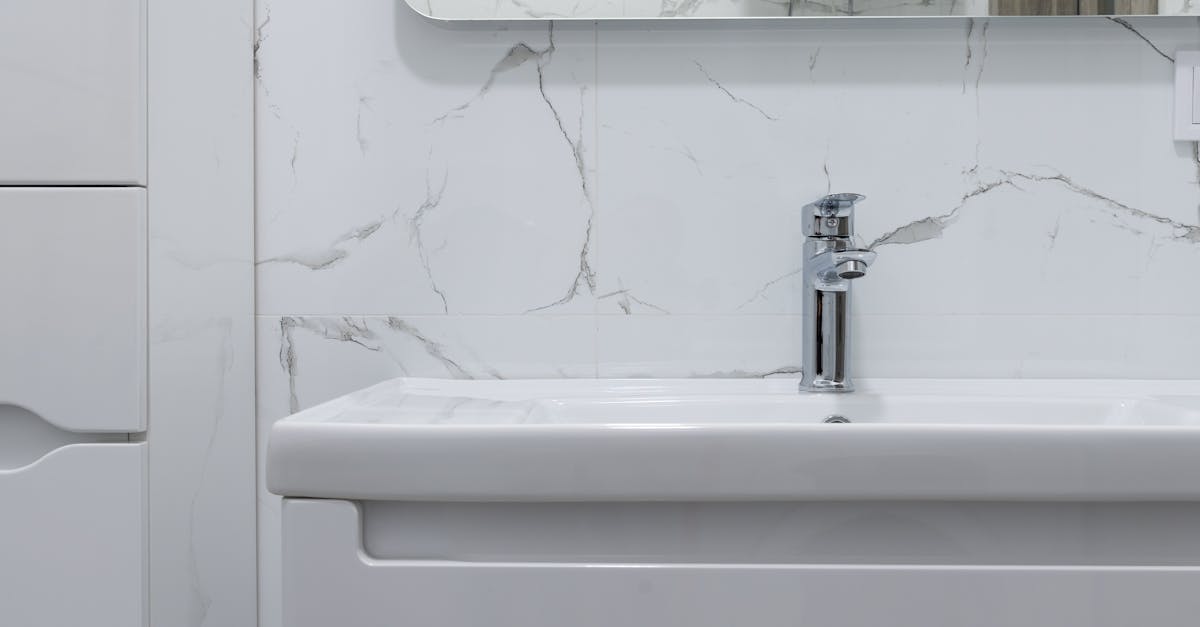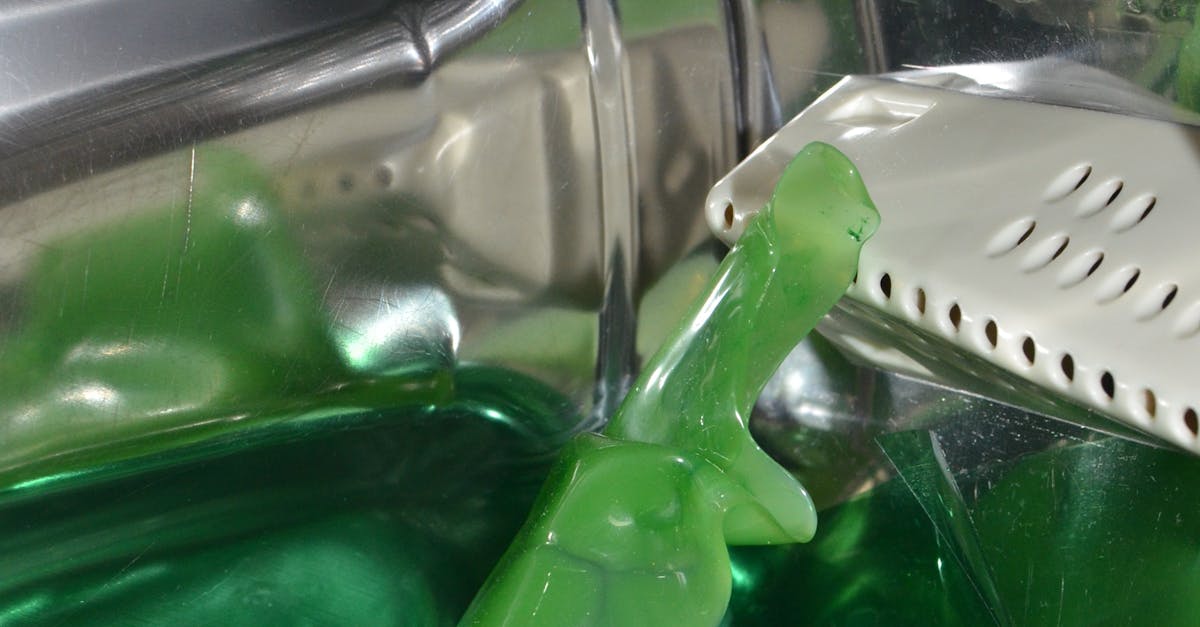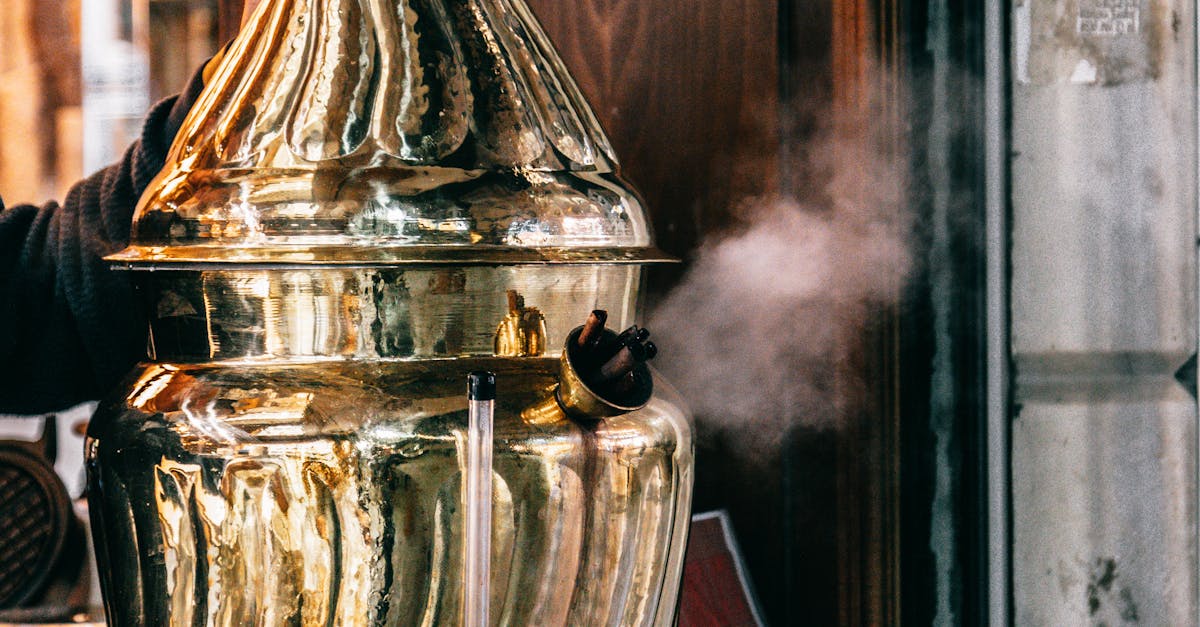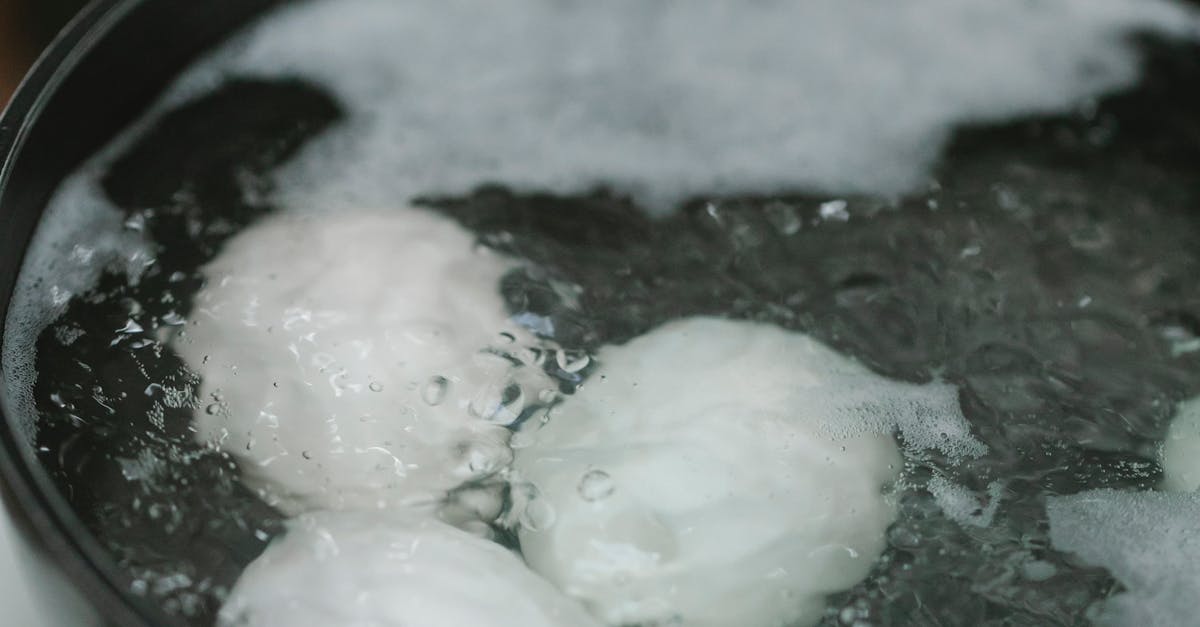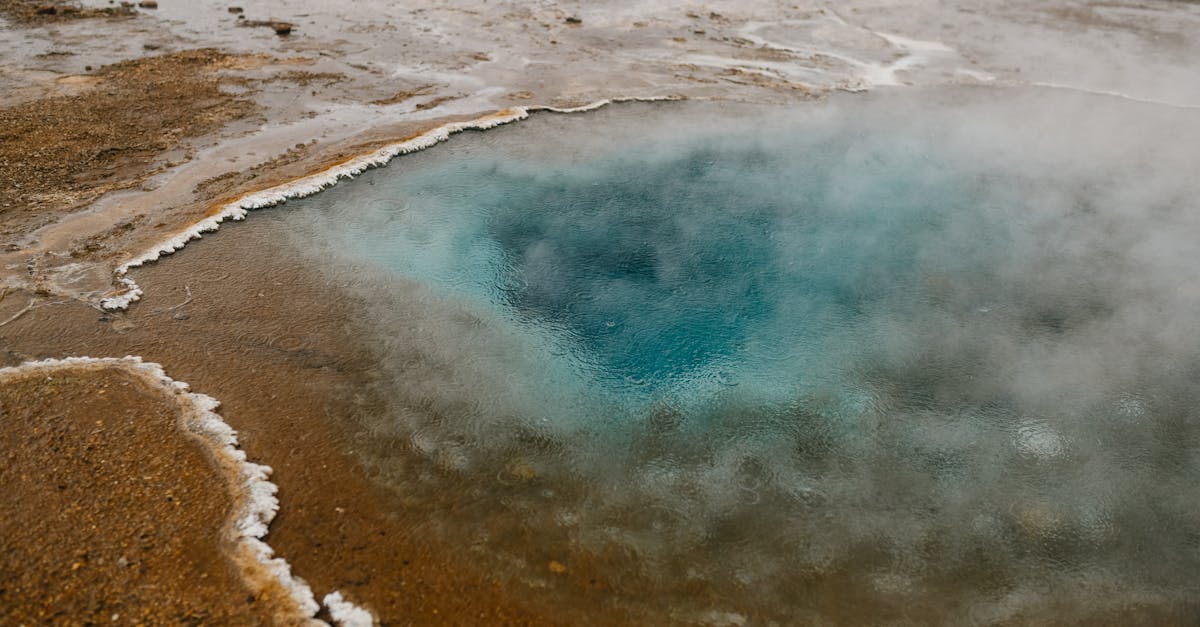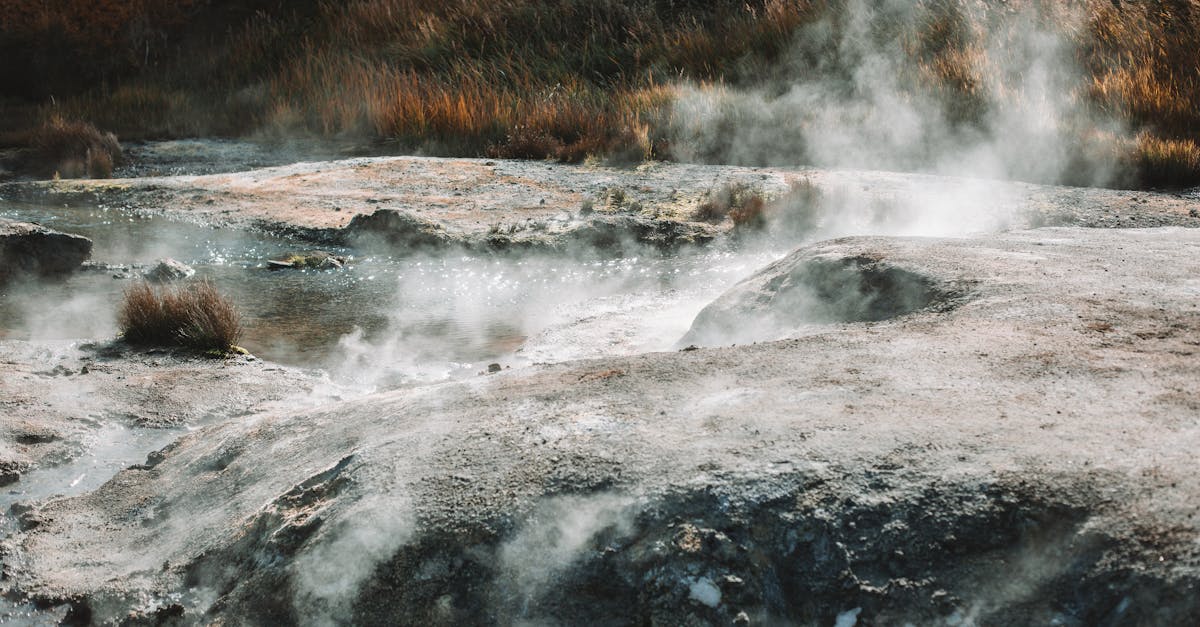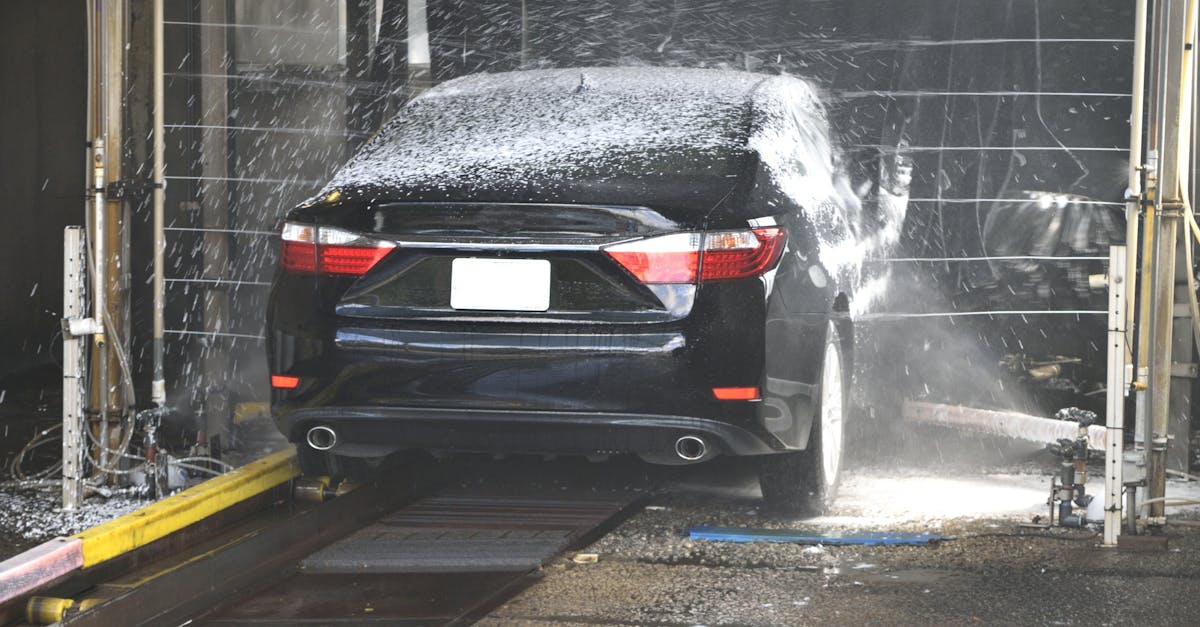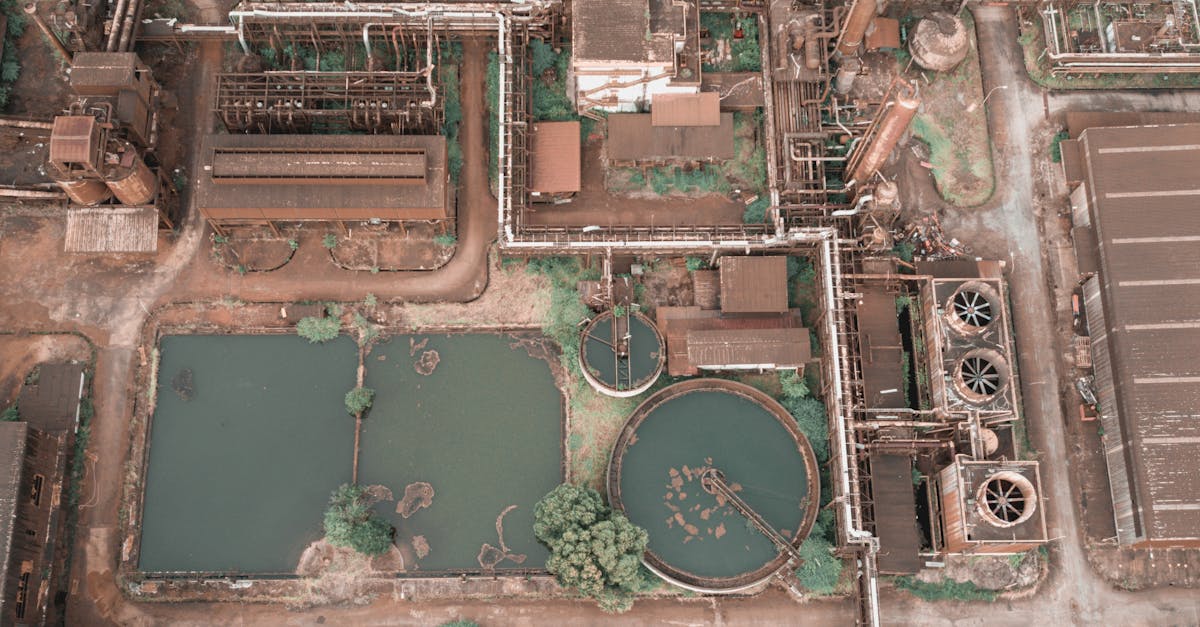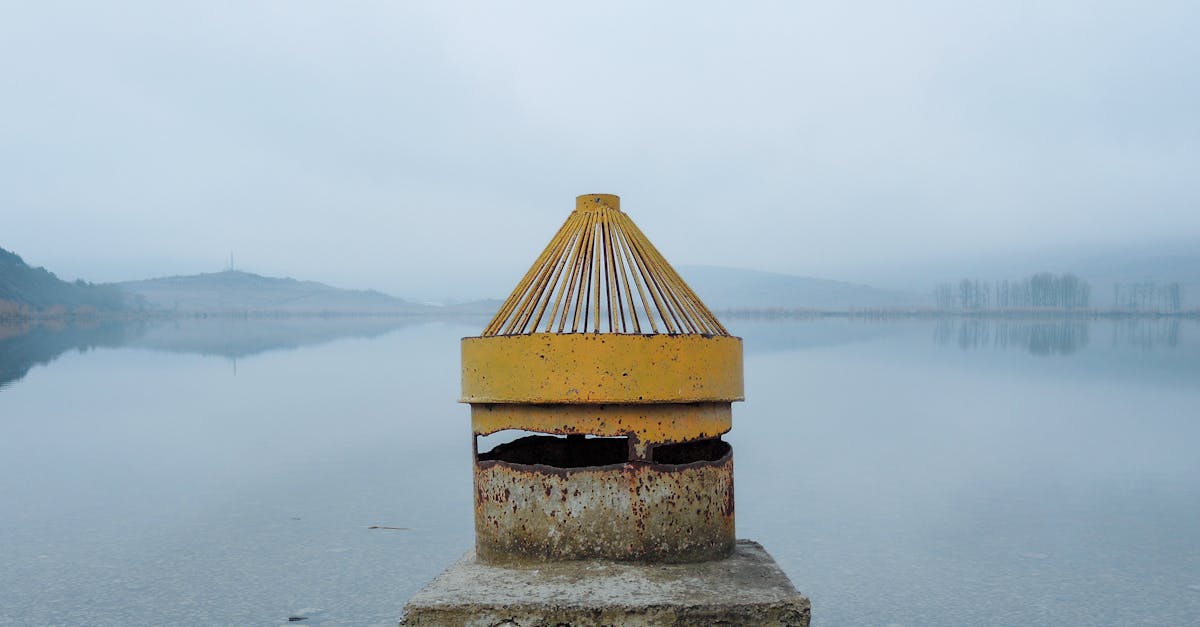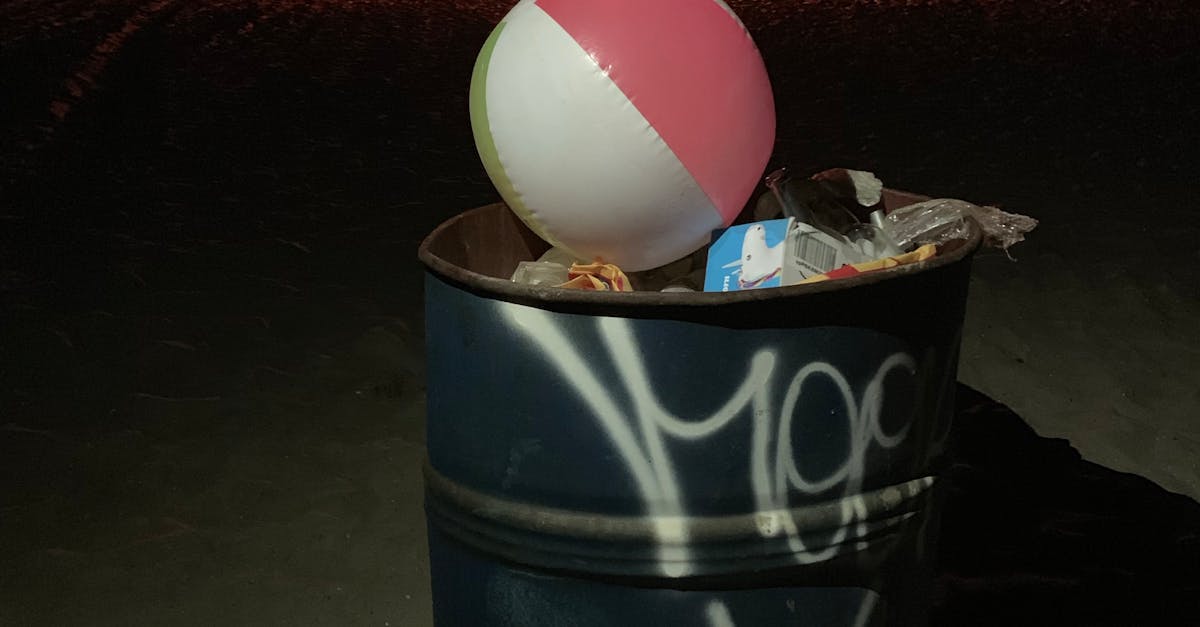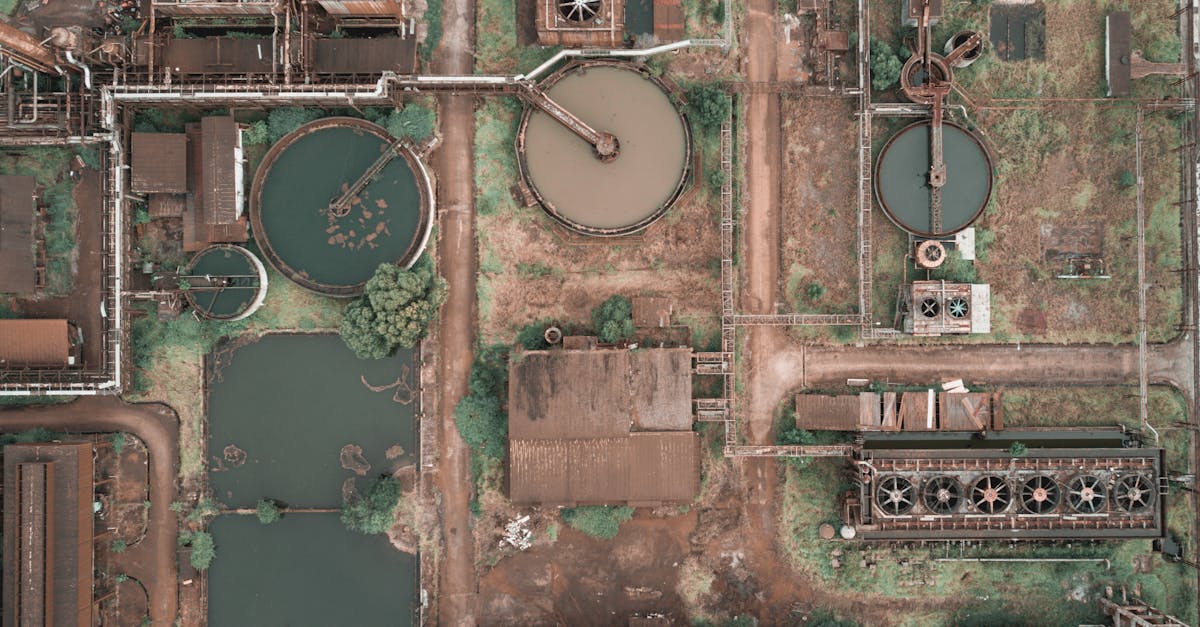
Table Of Contents
Steps to Properly Flush Your Water Heater
Flushing your water heater regularly is crucial to maintain its efficiency and prolong its lifespan. To begin, ensure the power to the heater is turned off, and both the cold water supply and gas valve are shut off. Next, connect a garden hose to the drain valve and place the other end in a safe drainage area. You can then open a hot water tap in the house to allow air to enter the system and assist with draining.
Once the setup is complete, open the drain valve slowly and let the water flow out. It's important to be cautious as the water can be scalding hot. Allow the tank to drain completely, and if the water appears murky or contains sediment, continue flushing until it runs clear. This process, known as Hot Water System Cleaning, is essential for maintaining the health and efficiency of your water heater.
Detailed Guide for Flushing Your Heater Safely
When it comes to ensuring the longevity and efficiency of your water heater, regular maintenance is key. One essential maintenance task that should not be overlooked is flushing your water heater regularly. This process, also known as "Hot Water System Cleaning," involves draining the tank to remove sediment buildup and improve the heater's overall performance. By flushing your water heater safely and consistently, you can prevent issues such as reduced heating efficiency, increased energy consumption, and potential damage to the unit.
To safely flush your water heater, start by turning off the power supply to the unit and allowing the water inside to cool down. Next, connect a garden hose to the drain valve at the base of the heater and direct the other end to a suitable drainage location. Open the pressure relief valve and then the drain valve to release the water and sediment from the tank. It's important to take caution during this process, as the water drained may be extremely hot. Once the tank is empty, close the valves, remove the hose, and turn the power back on to the water heater. Remember to monitor the unit for any leaks or unusual noises after flushing to ensure everything is functioning correctly.
Common Mistakes to Avoid When Flushing Your Water Heater
When you embark on the journey of flushing your water heater, it is crucial to steer clear of common mistakes that could potentially harm your system. One frequent error to avoid during the process of Hot Water System Cleaning is failing to switch off the power supply to the heater. Neglecting this step can lead to serious accidents and damages, so always ensure that the power is off before attempting to flush your water heater.
Another mistake to avoid is not draining the water heater completely. Leaving water inside the tank can result in sediment buildup, reducing the efficiency and lifespan of your system. To prevent this, make sure to flush out all the water until it runs clear, ensuring a thorough Hot Water System Cleaning operation.
Tips for a Successful Flushing Process
Flushing your water heater is an essential task that should be done regularly to maintain its efficiency and prolong its lifespan. To ensure a successful flushing process, there are a few key tips to keep in mind. Firstly, before starting the flushing procedure, make sure to turn off the power supply to the water heater to avoid any risks of electric shock. Additionally, always remember to let the water cool down before draining it to prevent burns or injuries. Hot Water System Cleaning is crucial, so be patient and allow enough time for the flushing to be done thoroughly.
Furthermore, when flushing your water heater, it is vital to properly follow the manufacturer's instructions to avoid any damage to the system. A gradual and steady approach to flushing is recommended to prevent sudden changes in pressure that could potentially harm the water heater. Additionally, after the flushing process is complete, take the time to check for any leaks or unusual sounds coming from the heater to ensure that everything is functioning correctly. By adhering to these tips for a successful flushing process, you can maintain the efficiency and performance of your water heater effectively.
Importance of Using the Right Tools and Materials for Flushing
When it comes to maintaining your water heater, using the appropriate tools and materials is crucial for ensuring the effectiveness of the flushing process. Proper tools such as a hose, wrench, and gloves are essential for safety and efficient cleaning. The materials you use should also be suitable for Hot Water System Cleaning, such as white vinegar or specialized cleaning solutions recommended by professionals.
Using the right tools and materials not only helps you clean your water heater effectively but also prolongs its lifespan and prevents potential breakdowns. Investing in quality tools and suitable cleaning agents will save you time and money in the long run, as it reduces the risk of corrosion and mineral buildup in your water heater. By following the recommended practices for using the correct tools and materials for Hot Water System Cleaning, you can ensure that your water heater continues to function optimally and provide you with hot water whenever needed.
Essential Equipment for Properly Maintaining Your Water Heater
To ensure the effective maintenance of your water heater, it is crucial to have the necessary equipment on hand for the flushing process. At the forefront of essential tools is a reliable garden hose. This will allow you to efficiently drain the water from the tank during the flushing procedure. Additionally, having a pair of sturdy work gloves is essential to protect your hands from any potential debris or hot water system cleaning agents.
Moreover, a screwdriver or wrench will be indispensable for loosening the drain valve and accessing the interior components of the water heater. In conjunction with this, having access to a bucket or a large container can aid in collecting any sediment and water that is expelled during the flushing process. Lastly, it is vital to have safety goggles to safeguard your eyes from any splashes or spills that may occur during the hot water system cleaning.
FAQS
How often should I flush my water heater?
It is recommended to flush your water heater at least once a year to remove sediment buildup and ensure it operates efficiently.
Why is it important to flush my water heater regularly?
Flushing your water heater regularly helps to prevent sediment buildup, maintain efficiency, extend the lifespan of the heater, and ensure the quality of your hot water.
Can I flush my water heater on my own, or should I hire a professional?
While you can flush your water heater on your own by following proper guidelines, if you are unsure or uncomfortable with the process, it is recommended to hire a professional to ensure it is done correctly.
What are the signs that indicate my water heater needs to be flushed?
Signs that your water heater needs to be flushed include discoloured or foul-smelling water, reduced hot water supply, strange noises coming from the heater, and higher energy bills.
How long does it take to flush a water heater?
The time it takes to flush a water heater can vary depending on the size and condition of the heater, but on average, the process can take anywhere from 30 minutes to an hour.



